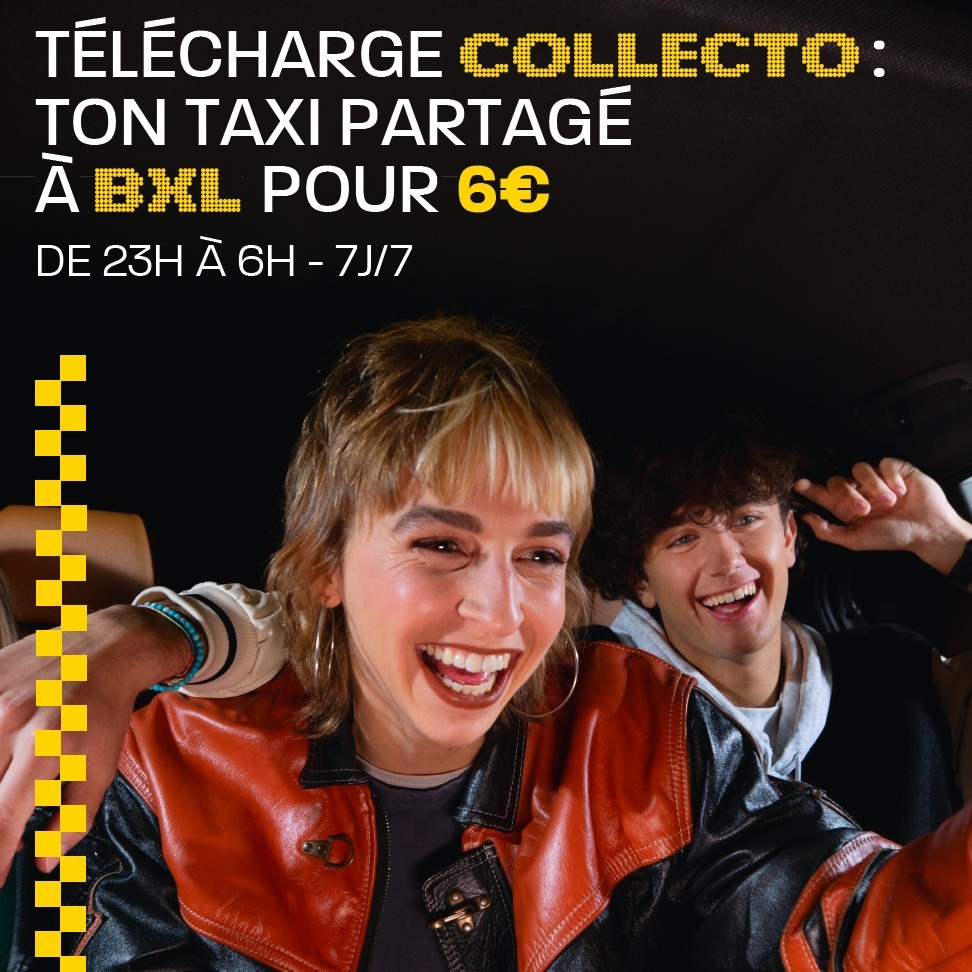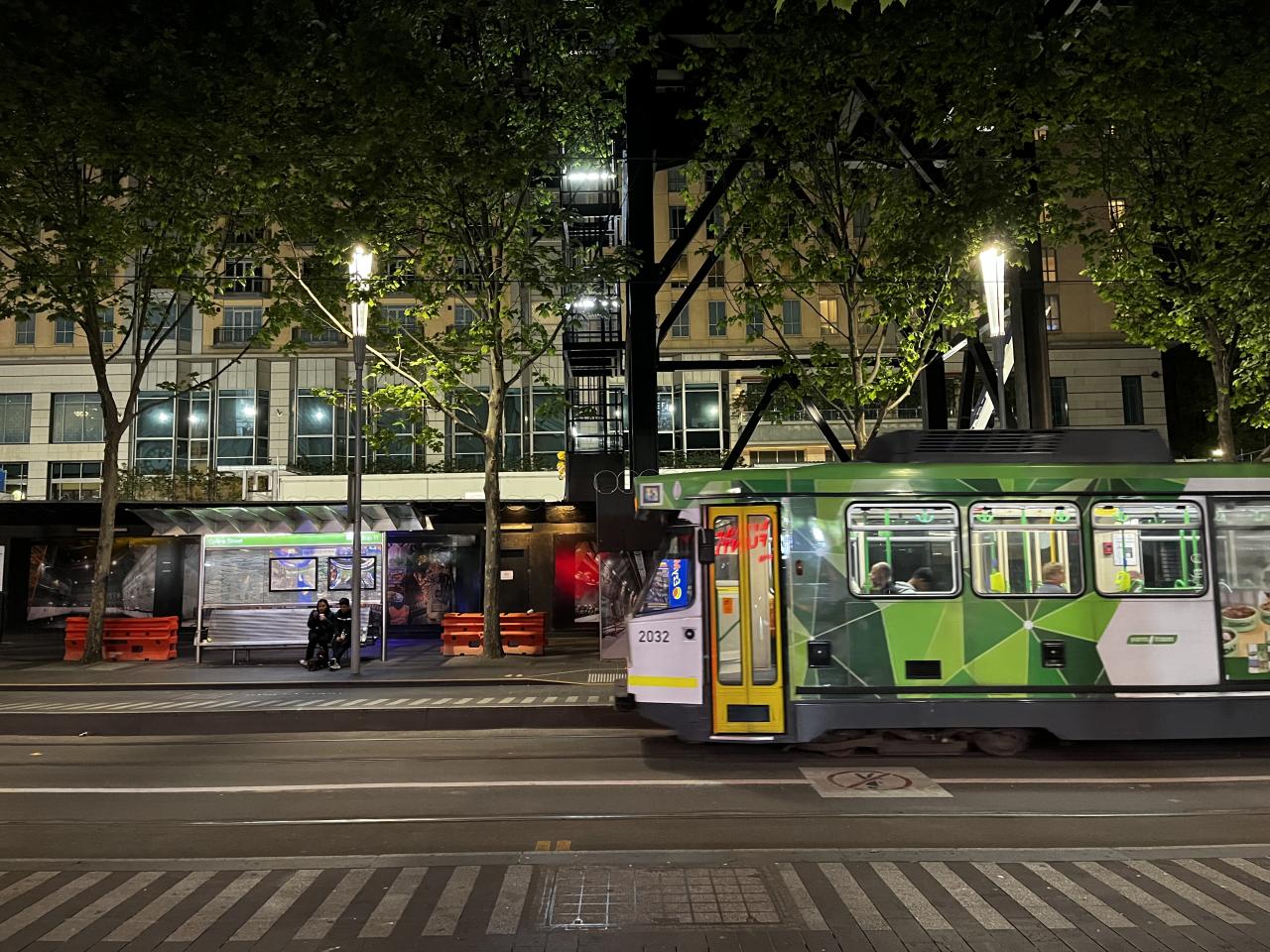Support the Development of the Night-Time Economy
Limited transport options after dark reduce accessibility to night-time venues, particularly for specific categories like young adults. The night-time economy contributes billions to urban economies of European cities and is the backbone of the attractiveness and vibrancy of several urban contexts.
Investing in late-night transport is crucial for supporting cultural and business activities open after dark. Many European cities are expanding their public transport services beyond regular hours. One of the cities that recently invested more in this kind of solution is Tallinn, that created a night bus network operating on Friday and Saturday nights from 00.30 to 03.30, allowing people to return home comfortably and safely when regular services have stopped. Partner of Cities After Dark, the Estonian capital expanded the service to six popular bus routes after a successful pilot phase, improving connections between the city centre and suburbs.
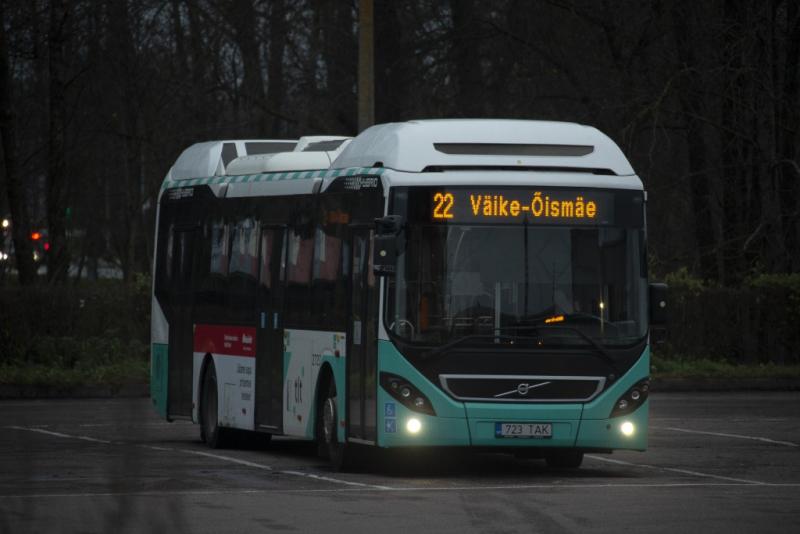
However, night mobility isn’t limited to large urban areas. In Ireland, the National Transport Authority is leading a national campaign to support the development of public transport options available in several towns and cities participating in the Night-Time Economy pilot scheme. While in Dublin 10 bus routes operate 24-hour a day for seven days a week, in towns like Sligo, Kilkenny and Drogheda the NTA has also introduced frequent urban bus services operating from 6am to midnight, which are supporting the development of business and cultural activities at night. Additionally, in 2024 ten new night-time routes were introduced as part of the Connecting Ireland programme, aimed at improving sustainable mobility in rural areas. These routes are helping to improve access to colleges, hospitals and other essential services after dark.
Diversify Night-Time Activities for Residents and Tourists
The diversification in space and time of the tourism activities is one of the priorities fostered by the Action Plan of the Urban Agenda for the EU on Sustainable Tourism. Extending public transport to peripheral areas at night can play a crucial role for decongesting overcrowded city centres and to foster the access to night activities, like concerts, festivals or cultural events, which take place outside the city centres. This action not only helps reduce congestion but allows residents to rediscover hidden corners of their cities, whose city centres are often dominated mostly by tourists during peak season.
In the framework of its Testing Action within Cities After Dark, Genoa introduced a night bus connecting the city centre with its suburbs, enabling the development of innovative nocturnal activities in historical venues. The 18th century Villa Bombrini, located in the western suburb of Cornigliano, hosted guided night tours, DJ sets and other community activities, which were made possible thanks to improved transport access and collaboration with local stakeholders, including the public transport company.
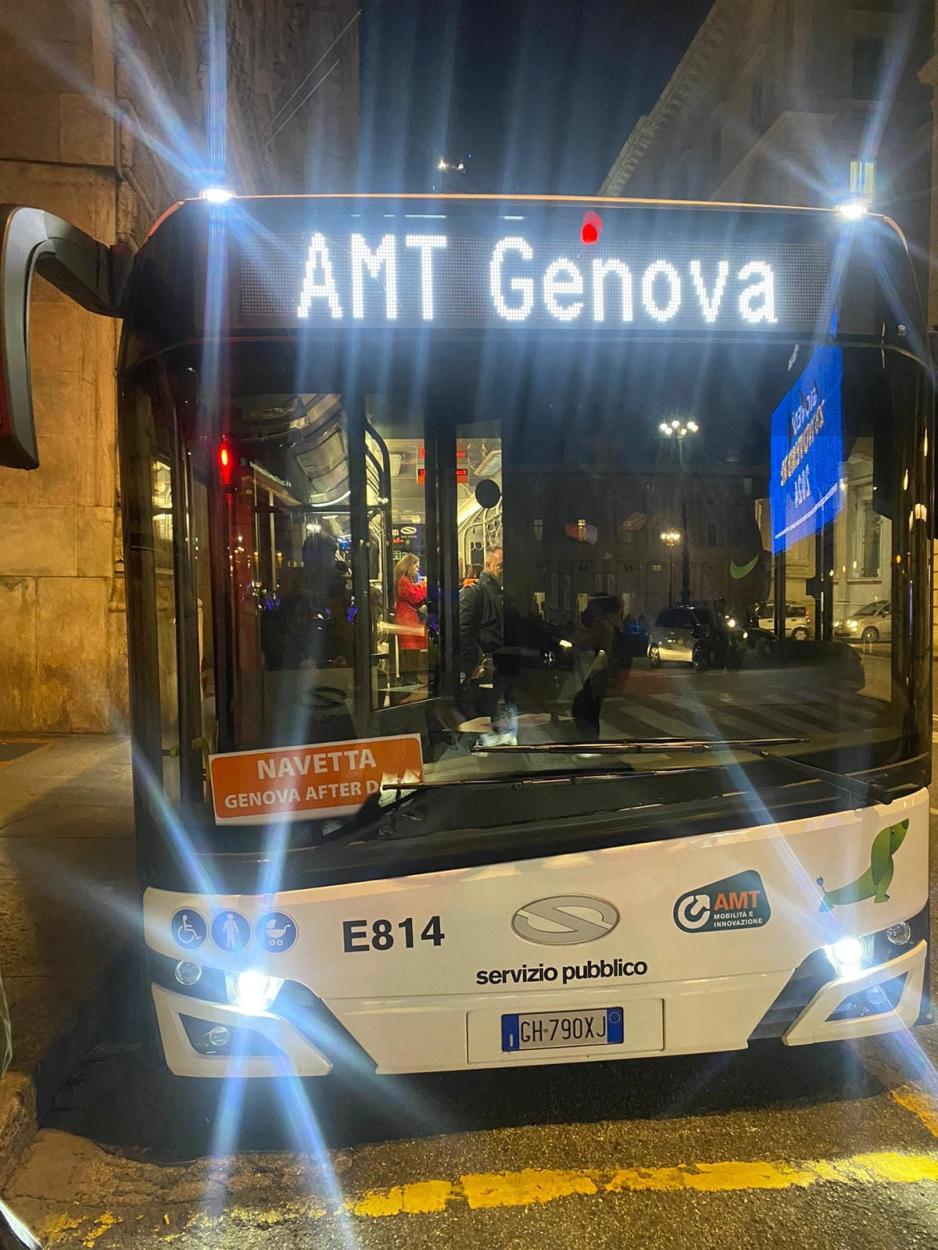
Enhance Access to Work During Night-Time Hours
The limited availability of public transport options in nocturnal hours was mentioned as one of the main concerns by the categories of night workers investigated by the Night Shift research project carried out by the Centre for Cities of the University of Melbourne. Street cleansing and maintenance workers, music and hospitality employees and health workers are some of the categories who expressed the need of relying on trustworthy mobility options, especially for connecting suburban areas where most of them lives to the workplaces.
The expansion of the mobility services is also a matter of social equity, ensuring affordable access to work also after dark. The night network of Melbourne, which was studied and mapped by the Centre for Cities, is one of the best examples of nocturnal mobility system connecting different areas of the city with six tram lines, 21 night bus services and five regional coach services on weekends. The continuous development of these mobility lines, trialled in 2014 and made permanent since 2017, is contributing to enhance employment opportunities and quality of life in the metropolitan area, also by connecting to the Melbourne’s tram network (the largest tram network in the world) and in particular to the City Circle Tram, a free line connecting some of the Melbourne’s main attractions.
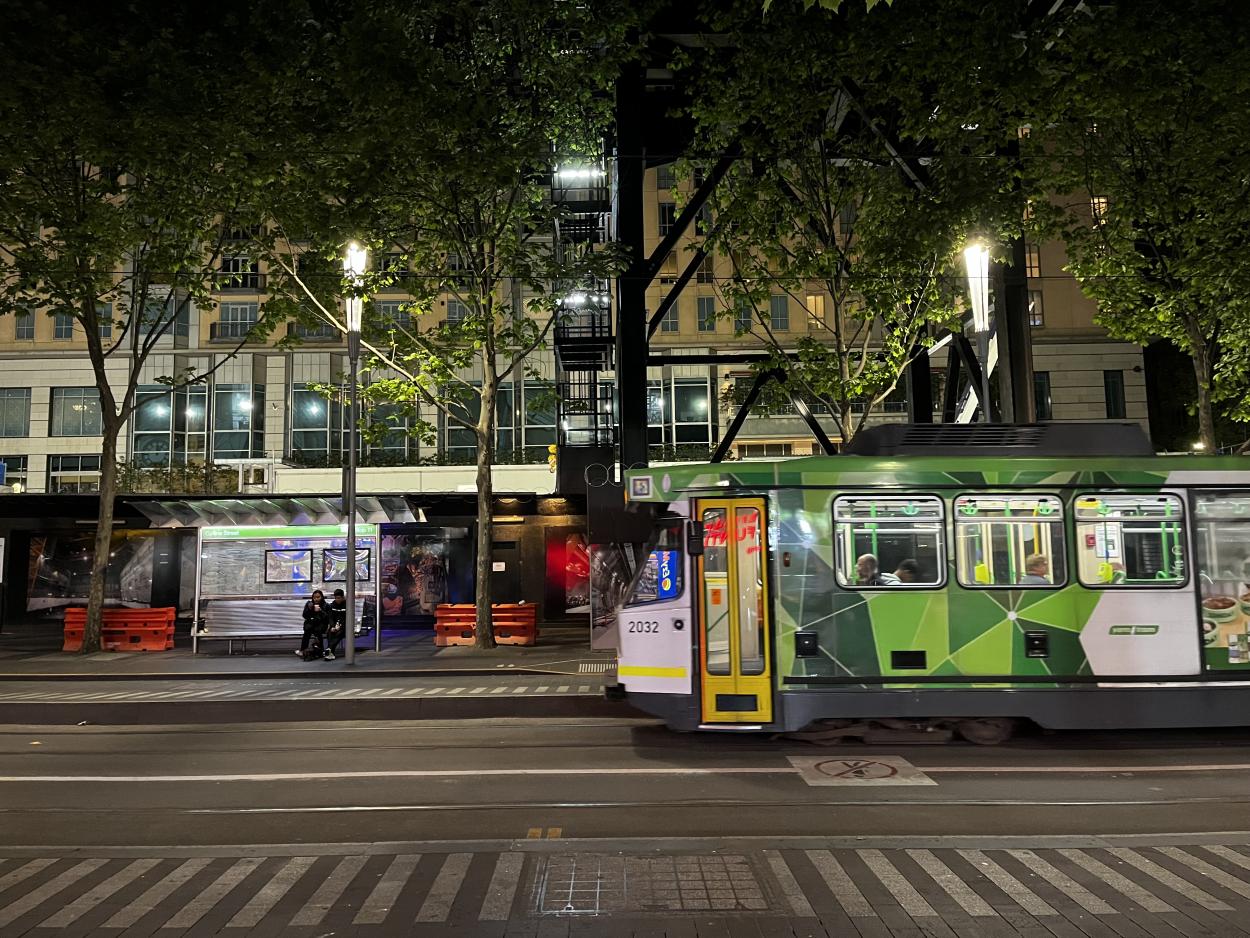
Foster Gender Equality and Safety
Improving the public mobility system in nocturnal hours is crucial for ensuring fair access to public spaces for all. According to recent research by the think-tank The Gendered City, the hidden costs for women of moving through urban spaces after dark are considerably high: 75% of the respondents change their route when travelling at night compared to the daytime while only 2% feel totally safe travelling after dark.
The introduction of more frequent and reliable public transport services to reduce long waits and forced walking, the development of safer waiting areas with emergency support and visible security and the creation of subsidized taxi services for women are some of the actions proposed by the participants to the research for improving safety and quality of mobility for women at night.
Across the globe many cities are testing innovative solutions on these topics. In Mumbai, women-only taxi services, operated by women drivers, have seen growing success in recent years. Other projects are helping women in navigating the public space and have safer access to urban mobility, like the Night Pedibus implemented by Bologna in the framework of its night strategy. The Nottambula initiative promoted by the Italian city offers night group walking escorted by trained streets hosts, guiding women to transport hubs and bus stops so to reduce the perception of unsafety during the journey.
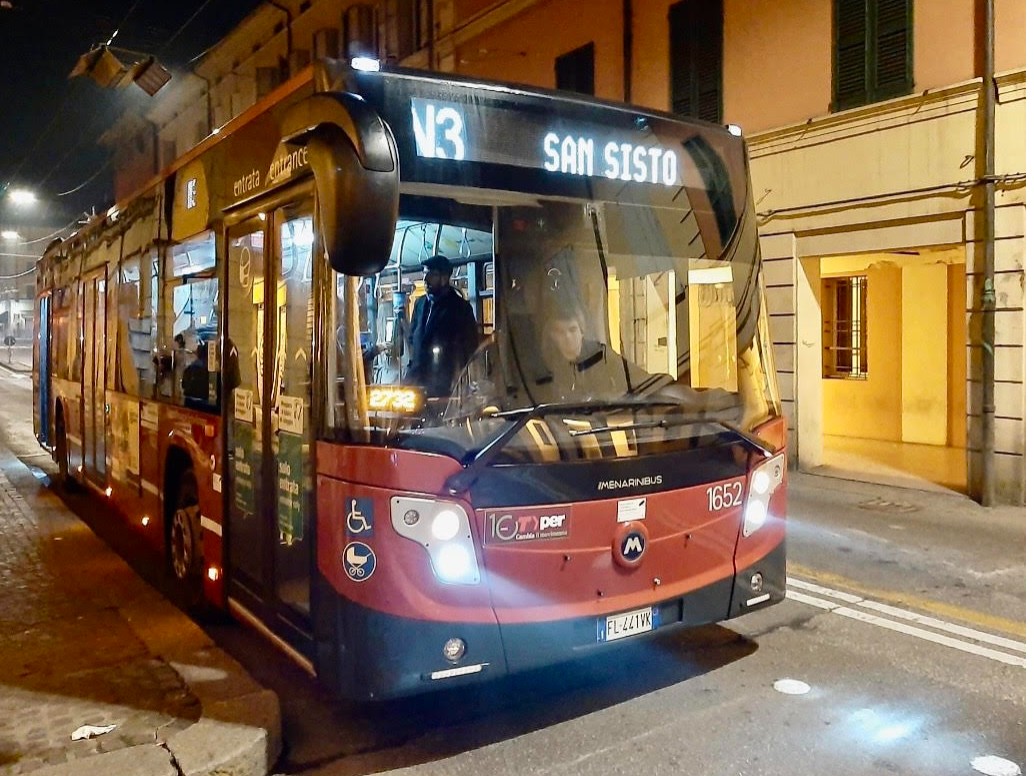
Reduce Emissions and Car Dependency
The reduction of the number of cars circulating in nocturnal hours can have positive effects in terms of reduction of noise pollution and traffic, pushing night users towards positive behaviours of sustainable mobility. The development of on-call systems or shared transport services after dark in many European cities is providing a safe alternative to walking alone or driving under influence while supporting the nightlife sector and encouraging investments in sustainable and inclusive night-time transport.
In Treviso, the MOM+ on-call bus system operates between 20.30 and 24.00 across 180 bus stops in the city territory and outskirts, with reservations that can be made via app or phone. Introduced experimentally in 2024 and consolidated this year, the service has helped reduce the number of car accidents in nocturnal hours and overall traffic in the streets.
Similarly, Brussels has recently launched Collecto, a shared night-time taxi service which operates seven nights a week from 23.00 to 6.00 for just €6 providing a safe, affordable, and practical mobility option for late-night travel. The service, bookable by app or phone, allows ride-sharing with others going in the same direction and complements a nocturnal mobility system that is among the most developed in Europe, with 11 night bus lines operating during the weekend. The Collecto system was planned following recommendations and analysis by Brussels by night, the mediating entity active in the nightlife debate of the city which suggested the introduction of new stops near nightlife venues, improving access for both the public and event organizers.
